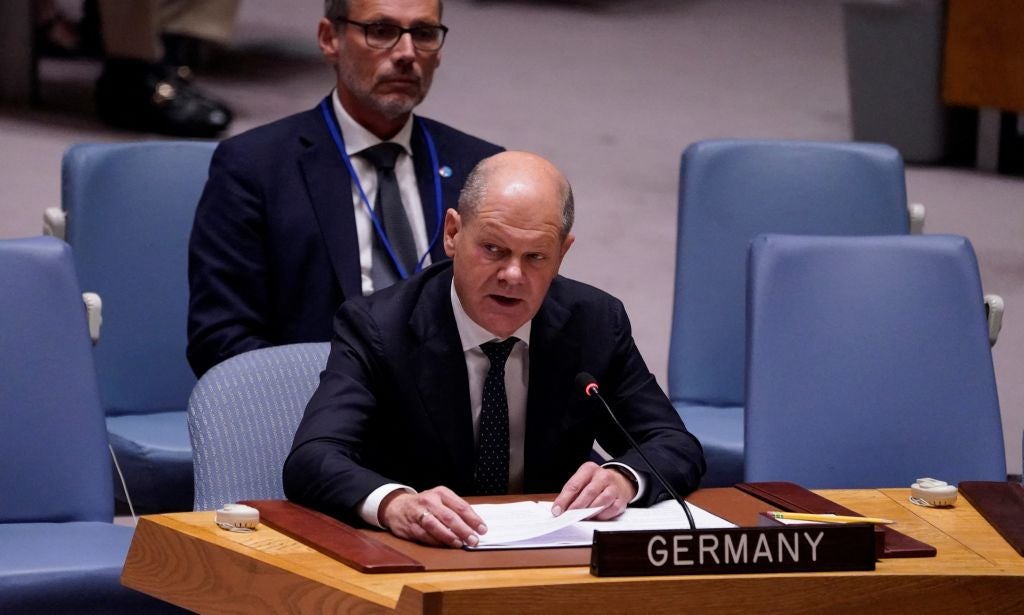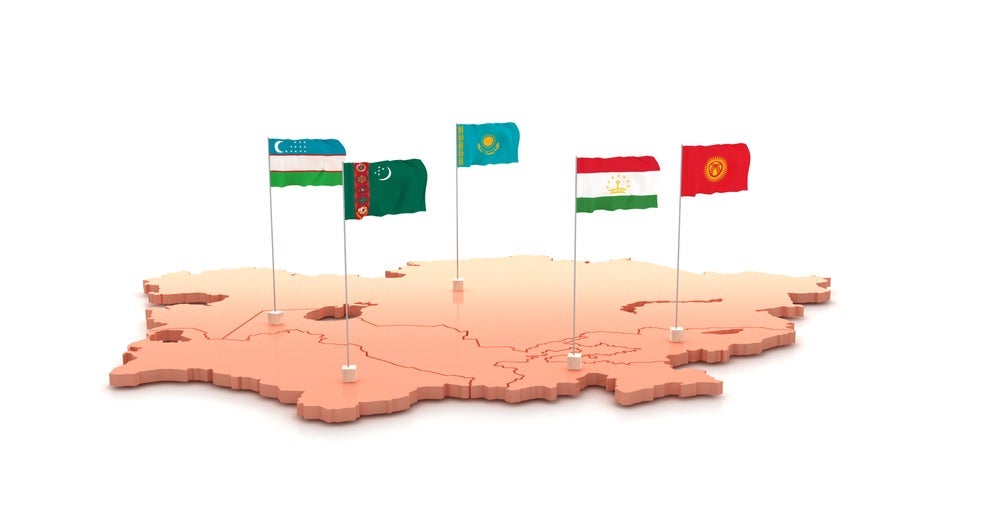The development of new medicinal products has become increasingly expensive over the last decade. Even when costs and timelines have been properly assumed in the Clinical Development Plan, final budgets are retrospectively usually much higher, whereas timelines are often not met.
The careful selection of the “right” contract research organization (CRO), as well as specialized vendors, could play an important role in staying on track with budget and timelines.
Increasing Pressure to Make Accurate Forecasts
The clinical development plan (CDP) is a crucial document outlining the research strategy of a new medicinal product from vision to business. The planned non-clinical and clinical studies, the target product profile (TPP) as well as the target population (TP) need to be defined within the CDP. Additionally, the market situation has to be analyzed and a forecast on the situation in five to 10 years needs to be determined.
Most importantly, however, it is the timelines, milestones and the total costs of drug development that need to be carefully assessed.
Nowadays, sponsors and researchers are under increasing pressure to accurately estimate the time it will take a new drug to enter the market, while establishing a thorough budget forecast. Furthermore, in each month there’s a delay in getting to market or in reaching a milestone during development, the cost it incurs might be in millions of sales or in investor payments. This might constitute a major risk for companies depending on venture capital.
How well do you really know your competitors?
Access the most comprehensive Company Profiles on the market, powered by GlobalData. Save hours of research. Gain competitive edge.

Thank you!
Your download email will arrive shortly
Not ready to buy yet? Download a free sample
We are confident about the unique quality of our Company Profiles. However, we want you to make the most beneficial decision for your business, so we offer a free sample that you can download by submitting the below form
By GlobalDataDespite all efforts to develop an accurate forecast regarding budget and timelines the total costs are retrospectively usually much higher than planned as well as timelines are often not met by months or in worst case by years. These facts lead to the widely common disbelief on timelines and cost assumptions. Therefore efforts should be made to establish a reliable budget and realistic timelines in order not to fail during the development phase based on these “non-scientific” reasons.
Thorough Selection Process Needed for CRO Onboarding
Outsourcing to CROs is a common tool to gain more efficiency and get coverage in either regions or job functions which are not available at the sponsor end. Sponsors usually have the option to step into strategic alliances and a full-service provider model with CROs, mainly big global players, or they cherry pick individual service providers based on their local reach (e.g. Eastern Europe, India, APAC), experience (e.g. strong oncology background) or on whether they offer specialized services (e.g. data management, drug safety, regulatory). Both scenarios have their pros and cons and should be carefully considered.
Big global players are usually the first choice for large multicenter trials running on multiple continents. They usually offer a rapid ramp up and a huge workforce to get the project initiated quite quickly. During the bidding phase they tend towards competitive budgets with smaller CROs but often claim for change orders once the initial contract is signed making the budget unpredictable.
Smaller CROs, often called boutique CROs, usually offer a more tailor made service as well as an undivided attention to the project. Budgets are usually lower, change orders occur on rare occasions, however, whereas and keeping timelines play a major role. A limitation might be that smaller CROs sometimes offer limited services or have a limited geographical reach.
CRO selection should be well thought out in relation to the stage of drug development. Basic requirements of vendor support need to be documented in the CDP. Capabilities, strengths and weaknesses of the service providers have to be balanced to the individual sponsor needs and the accuracy of assumed budgets. Ultimately, this will help ensure proposed timelines are as exact as possible.









Related Company Profiles
Clinical Research Ltd
CDP